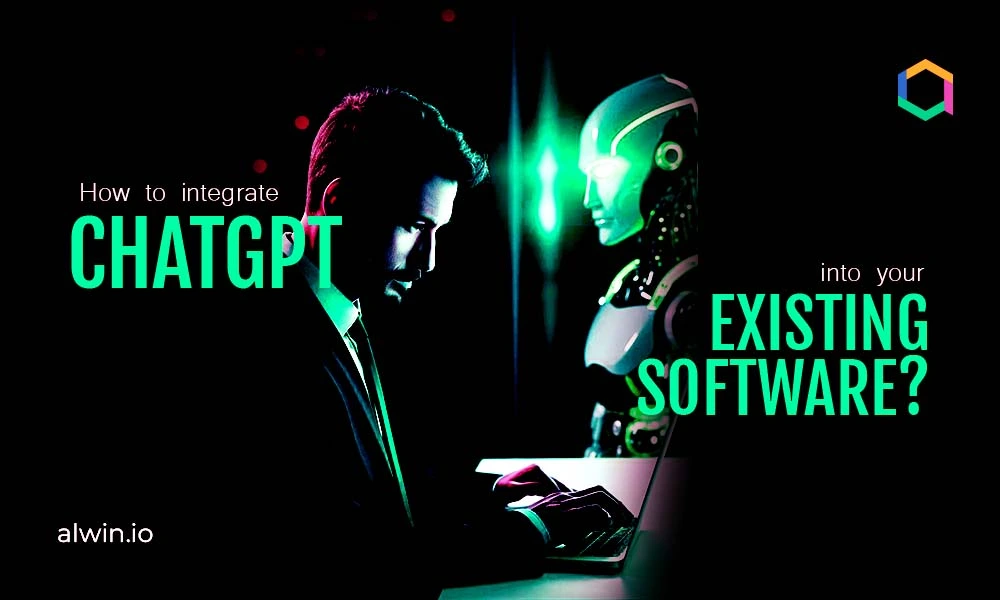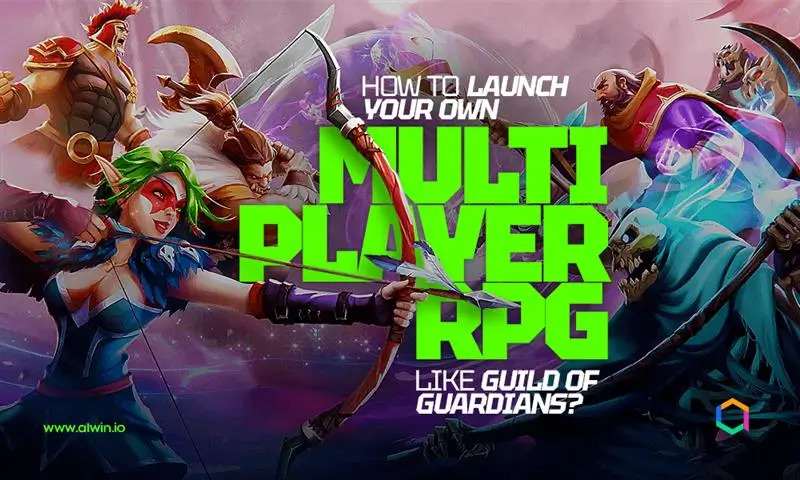AI is transforming how businesses operate, and ChatGPT is leading the way. If you're a business owner or developer, you've likely heard how AI can improve your software. Imagine a world where AI assists your customers, works around the clock, and automates tasks, allowing your team to focus on more important work.
ChatGPT can power personalized experiences, boost customer engagement, and give you a competitive edge. This guide will show you how to integrate ChatGPT into your software, step-by-step. You'll learn how to use AI to improve your software and gain a significant advantage in today's fast-paced market.
What is ChatGPT?
At its core, ChatGPT is an AI language model developed by OpenAI, designed to understand and generate human-like text. Using advanced machine learning techniques, it can process and respond to natural language inputs in a way that feels conversational and intuitive. Whether it's answering questions, writing content, or providing recommendations, ChatGPT’s ability to understand context and nuance allows it to engage with users in a highly dynamic and meaningful way.
Why is ChatGPT so useful for your software?
- Makes your software smarter: ChatGPT can help your software understand what your users are saying and respond in a helpful and friendly way.
- Creates a better user experience: Imagine a chatbot that can have a conversation with your customers! ChatGPT can make your software more engaging and enjoyable to use.
- Saves you time: ChatGPT can automate many tasks, like answering simple questions or generating reports, so your team can focus on more important things
Benefits of Integrating ChatGPT into Existing Software
Integrating ChatGPT isn't just a technical upgrade; it's a strategic move that transforms your business operations
- 24/7 Multilingual Chat Support – Handle customer queries in different languages round the clock.
- Sentiment Analysis – Analyze customer sentiment in real-time to tailor responses.
- Contextual Awareness – Understand customer history and preferences for more meaningful conversations.
- Task Automation – Automate email responses, FAQs, and routine data entry.
- Delivery Scheduling – Automatically set up delivery windows based on customer preferences.
- Dynamic Content Generation – Generate personalized marketing copy, reports, or product descriptions.
- Personalized Recommendations – Suggest products or services based on user behavior and preferences.
- Interactive Tutorials – Guide customers through onboarding or troubleshooting with AI-powered step-by-step instructions.
- Proactive Assistance – Reach out to users with helpful tips or reminders before they even ask.
- Voice Command Understanding – Allow users to interact with software through natural voice commands.
- Product Comparison Tools – Help customers evaluate options in a conversational format.
- Integration with Customer Support – Seamlessly connect AI-driven interactions to human agents when necessary.
Prerequisites for ChatGPT Integration
Integrating ChatGPT into your existing software is an exciting opportunity, but to ensure a smooth and successful implementation, there are essential prerequisites to address. This section outlines the technical and operational requirements businesses must consider before integrating.
1. System Requirements
- Servers/Cloud Services: Use scalable solutions like AWS or Google Cloud.
- Network Reliability: A stable, high-speed internet connection minimizes latency.
2. Data and API Access
- API Key: Secure access to OpenAI’s API for integration.
- Data Sources: Connect ChatGPT to relevant databases like customer or product data.
- Compliance: Adhere to data privacy regulations like GDPR or CCPA.
3. Choosing the Right Plan
- Free Plan: Great for testing or light usage.
- Paid Plans: Ideal for scaling, with advanced features and higher limits.
Step-by-Step Guide to Integrating ChatGPT into Your Software
Integrating ChatGPT into your software can transform how you engage with users and streamline operations. Follow this step-by-step guide for an integration process.
Step 1: Define Your Goals
Begin by clearly defining your objectives for ChatGPT integration. Identify specific use cases, such as customer support, lead generation, or e-commerce assistance. Grapelime Innovations can help you determine the best approach for your business needs.
Step 2: Choose the Right API Access
Select the appropriate API access level from OpenAI, considering your project's requirements, usage patterns, and budget. Our team will guide you in choosing the best option for your specific needs.
Step 3: Develop Integration Logic
Design the conversational flow, input handling, and output presentation for your chatbot. Grapelime Innovations can help you create a user-friendly chatbot by designing the optimal integration logic.
Step 4: Integrate with ChatGPT
Integrate ChatGPT into your application or platform by utilizing the OpenAI API.
Step 5: Train and Fine-tune
Continuously train and fine-tune your chatbot to improve its accuracy and relevance.
Step 6: Test and Deploy
Thoroughly test the integrated chatbot and then deploy it within your application or platform.
Customizing ChatGPT for Your Software
Customization enhances ChatGPT's effectiveness and alignment with your business needs:
Training for Specific Use Cases
- Customer Service: Handle FAQs and complaints.
- Healthcare: Assist with appointments and patient queries.
- Retail: Offer product recommendations and promotions.
Behavior and Response Configurations: Adjust ChatGPT’s tone, style, and formality to match your business communication.
Branding and Tone Consistency: Ensure responses reflect your brand identity through consistent language and pre-set templates.
Real-World ChatGPT Integration Examples
ChatGPT’s versatility allows it to power various industries with practical, innovative solutions. Here are some real-world examples of its integration:
1. Customer Support Chatbots
Retail and e-commerce businesses leverage ChatGPT to handle:
- Customer Inquiries: Resolving product questions, order tracking, and return policies.
- 24/7 Support: Ensuring customer queries are addressed anytime.
2. Sales Automation
Boost sales with AI-driven strategies:
- Lead Generation: Automate initial outreach and qualification.
- Sales Conversations: Use ChatGPT for product demonstrations and follow-ups.
3. Healthcare Applications
Transform patient management with ChatGPT:
- Appointment Scheduling: Automate booking and reminders.
- Symptom Checking: Provide preliminary advice based on patient input.
4. Employee Training and Onboarding
- Interactive Learning: ChatGPT is a virtual trainer, who answers employee queries and guides them through modules.
- Custom Assistance: Tailor training materials to specific job roles.
5. Financial Services
Streamline operations in banking and insurance:
- Loan Eligibility Checks: ChatGPT helps users understand requirements.
- Claim Processing Assistance: Guide users through documentation and submission steps.
6. Content Generation
Media and marketing companies utilize ChatGPT for:
- Dynamic Content Creation: Generate blogs, ads, or social media captions.
- Personalized Campaigns: Tailor messaging for different audience segments.
7. Education and E-Learning
Educational platforms use ChatGPT for:
- Personalized Tutoring: Offer real-time help with lessons.
- Course Recommendations: Suggest learning paths based on user preferences.
Key Challenges and How to Overcome Them
Integrating ChatGPT into existing software can be transformative but comes with challenges. Here’s a look at the hurdles and actionable solutions:
Integration Complexity
Integrating ChatGPT with legacy systems can be tough. Use middleware and seek expert support to ensure compatibility.
Data Privacy and Security
Protect customer data with encryption, compliance frameworks like GDPR, and regular security audits.
Customization Limits
Overcome limitations by training ChatGPT with domain-specific data and fine-tuning API configurations.
Scaling Issues
Opt for cloud-based solutions and implement load balancing to maintain performance as usage grows.
User Adoption
Ease resistance with user training, intuitive interfaces, and success stories to build trust.
Conclusion
WeAlwin Technologies is an AI development company that helps businesses use the power of ChatGPT.We have the expertise to integrate AI solutions into your existing software. This can improve customer service, streamline workflows, and boost efficiency. Our team has a proven track record of success in implementing AI solutions that deliver measurable results. We prioritize data security and scalability to ensure your business thrives in the AI-powered future.
Contact us today we can help you to use the ChatGPT in your business



